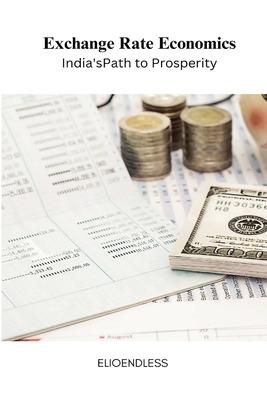In the realm of developing countries like India today, Sabastian Edwards’ testimonial from 1988, proclaiming that "real exchange rate behavior now occupies a central role in policy evaluation and design," remains highly pertinent. This enduring relevance stems from the substantial impact that exchange rates exert on the external competitiveness of economies. Exchange rate fluctuations wield considerable influence over the decisions made by global traders, foreign investors, international travelers, and policymakers. Their ramifications ripple through external financial obligations, trade balances, internal resource allocation, and economic productivity.
The exchange rate stands out as one of the foremost indicators of economic value within a nation, as highlighted by Frait and Komárek in 2001. Its preeminent role is in gauging a country’s economic growth. The exchange rate’s influence extends across a multitude of economic dimensions, including international trade, the assessment of uncertainties surrounding export and import prices, the valuation of international reserves and open positions in foreign and domestic currencies, as well as the domestic currency’s worth in terms of debt payments and workers’ remittances. These factors, in turn, can cascade through domestic wages, prices, output, and employment.
The exchange rate serves as a pivotal link between a country and the global stage, impacting both goods and asset markets. It shapes the volumes of exports and imports by altering their relative prices and influences the magnitude of foreign debt when measured in domestic currency terms. In contemporary times, the exchange rate has assumed a strategic role, as observed by Rabia Najaf in 2017. The real exchange rate directly influences trade, particularly international trade, and indirectly affects production and employment. Thus, comprehending the factors driving its fluctuations becomes imperative.
Moreover, in international financial markets, expectations regarding future exchange rates exert profound effects on various aspects of agents’ decisions, including their choices related to investment, hedging, borrowing, and lending, as highlighted by William in 2007. Since the dissolution of the Bretton Woods System, the dynamics of exchange rates have evolved significantly.












